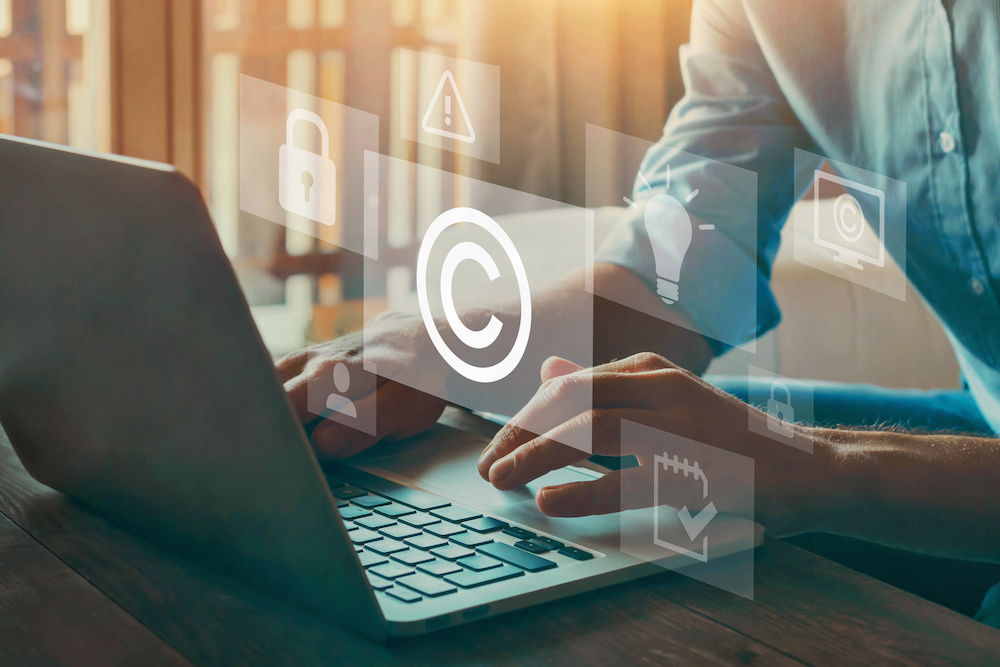Your cart is currently empty!

Avoiding Copyright Trolls
We have received letters accusing us of copyright violation for the use of photos we paid for, photos in the public domain, and photos registered under Creative Commons licenses. We’ve been accused of copyright violations for things for which we had e-mails granting us permission to use and for photos we took ourselves. Unfortunately, since we have posted some 15,000 blog posts during our professional lives, we have also been accused of copyright violation for photos whose provenance we can’t at this point remember.
We got upset by the first letter, of course, till we saw in a simple Google image search that the photo in question was in the public domain. As we became more experienced with copyright, we learned that these accusations are sometimes just extortion. How can you protect yourself against copyright trolls?
Be meticulous about copyright
At one time, there were sharing sites where people would upload their photos and illustrations and allow other people to use them. In some cases, the creators later sold them to stock photo sites. People who had innocently used them when they were available for that purpose were no longer safe from accusations of copyright violation. I don’t really have a solution for this situation, except for trying to remember whether you have any images like that online and replacing them with something newer.
That case aside, you can avoid copyright violation problems by making sure that your images are acquired in one of these ways:
- Creative Commons licensed images at places like Openverse or Pixelbay
- Images bought at stock photo sources like Adobe Stock
- Images you created yourself or hired someone to create for you
- Images that specifically state that they are available for sharing or downloading — often charts and infographics
Sometimes you really need to use some particular image, such as a chart or a map conveying information that is particularly important. In those cases, I write to the webmaster and ask permission to use the image.
If you take these steps, you can feel confident that you are not breaking the law. However, that will not stop you from getting those demands and accusations.
Document your sources
I wish we had always done this from the beginning. Then it would have been easy to respond to those extortionate emails.
Just give credit as shown in the screenshot below. We used to do this only when an image’s license required it or the creator had kindly granted permission. We didn’t see the need when we paid for it or took the photo ourselves. But we are now doing this most of the time. This way we will be able to document our image source if there is ever a controversy.
That should do it.
Image courtesy of Adobe
by
Tags:


Leave a Reply